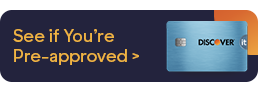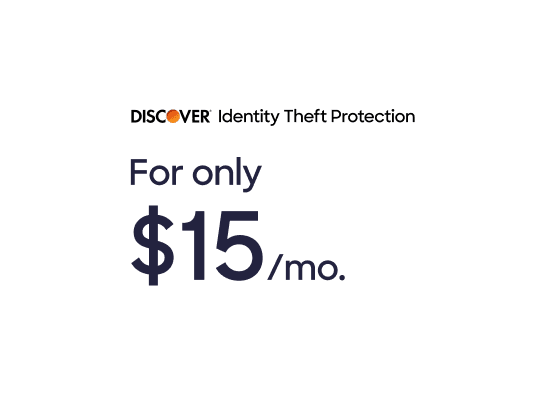Credit card fraud, or the unauthorized use of your credit card information to make purchases, can wreak havoc on your finances and personal life if left unchecked and unreported. Let's talk about credit card fraud, fraud prevention, and how to report credit card fraud so you may help protect yourself from unauthorized credit card activity.

Credit Card Fraud and Credit Card Fraud Prevention
5 min read
Last Updated: November 12, 2024
Next steps

See if you're pre-approved

Learn about Discover It® Cash Back Credit Card
See rates, rewards and other info
You may also be interested in
Was this article helpful?
Was this article helpful?




